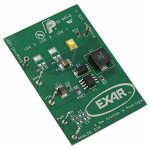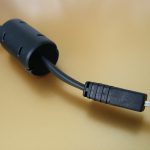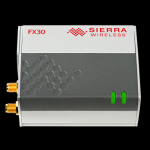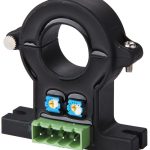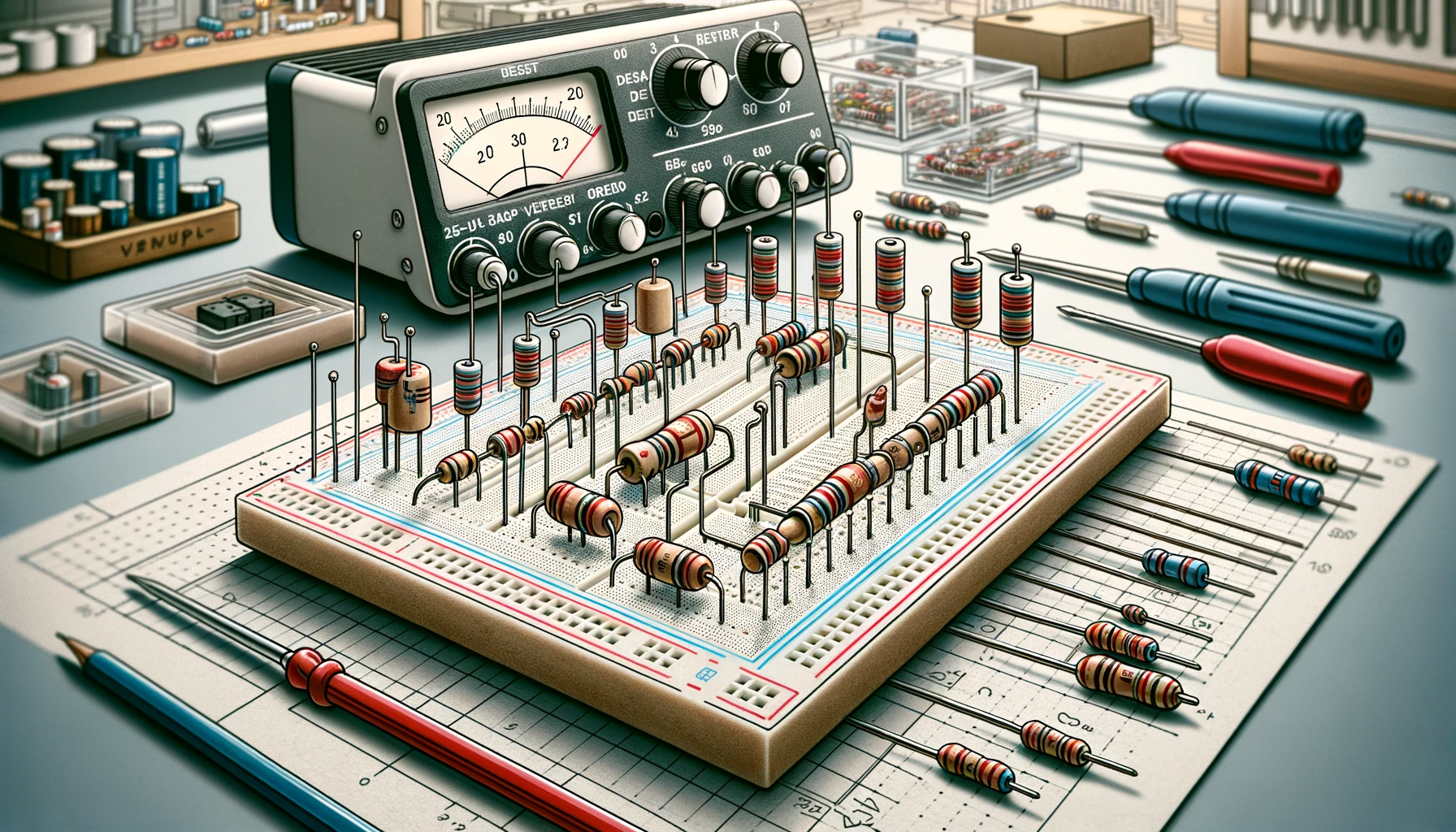
Introduction
Electronics enthusiasts, hobbyists, and professionals know the importance of understanding fundamental circuits. Among these, the voltage divider circuit stands out as a cornerstone in electronic design. Whether you’re a beginner or an experienced engineer, mastering the voltage divider circuit is essential for countless applications. This document illustrates the workings of the voltage divider circuit, exploring its significance, common types, and versatile applications and providing practical tips for designing and implementing it effectively.
What are Voltage Dividers? Understanding Voltage Divider Circuits
A voltage divider is a simple circuit designed to turn a large voltage into a smaller one. Using just two resistors in a series; it is one of the fundamental building blocks in electronics. This circuit divides the input voltage into parts proportional to the resistor values. Voltage dividers are crucial for designing circuits that require a specific voltage output. By tapping into the junction between these resistors, you can obtain a voltage that is a fraction of the initial voltage. This concept is foundational in electronics education and has practical applications in various devices like sensors, audio equipment, and adjustable power supplies.
The Significance of Voltage Divider Circuits in Electronics
Voltage divider circuits hold a fundamental place in electronics, serving as a simple yet powerful tool for managing voltage levels within circuits. Voltage dividers are a quintessential component of electronic design, instrumental in everything from basic home electronics to sophisticated industrial systems. Their ability to manipulate voltage levels safely and precisely makes them indispensable in creating reliable and efficient electronic devices. Whether it’s through controlling operational conditions, integrating components, or preparing signals for digital processing, voltage dividers are significant in the functionality and success of electronic circuits.
A Brief Overview of Common Types of Voltage Divider Circuits
Voltage divider circuits come in the following main types:
- Resistive Voltage Dividers – A resistive voltage divider is the most common type that comprises two resistors in series. Typically, the input voltage is applied across the series combination, while the output voltage is taken from the junction of the resistors.
- Capacitive Voltage Dividers –These dividers divide AC voltages using capacitors instead of resistors. They are ideal for high-frequency applications.
- Inductive Voltage Dividers – These dividers use inductors and are less common than resistive and capacitive dividers. They typically divide voltages in RF circuits, transformers, and other applications.
How To Design Effective Voltage Divider Circuits? Critical Factors to Consider
Designing effective voltage divider circuits is critical for achieving accurate voltage outputs in various electronics applications. Some of the essential factors to consider when designing voltage divider circuits include:
- Choosing the Right Resistors – Selecting appropriate resistor values is critical for an effective voltage divider. Choose resistors based on the required output voltage and the current that the circuit can handle. Generally, higher resistance values minimise power consumption, but this must be balanced against the need for sufficient current flow to drive the load.
- Calculating Output Voltage – Use the voltage division formula to calculate the exact output voltage. The voltage divider calculator can also precisely calculate output voltages.
- Load Considerations – The load connected to the output of a voltage divider affects its performance. Ideally, the load resistance should be much higher than the resistors in the divider to avoid significant loading effects. If the load resistance is too low, it can alter the output voltage, making the divider less effective.
- Power Dissipation – Power dissipation in the resistors is another important factor. Using resistors with a power rating that exceeds the expected dissipation is essential to avoid overheating and potential failure. The power dissipated in a resistor is given by 𝑃=𝑉2/𝑅, where 𝑉 is the voltage across the resistor.
Practical Tips for Mastering Voltage Dividers
Considering the given factors mentioned above, you can effectively design and implement voltage dividers in your electronics projects. However, some of the most effective and practical strategies for mastering voltage dividers include:
- Simulation and Prototyping – Before implementing a voltage divider in your final design, it’s wise to simulate the circuit using tools like SPICE. Simulation allows you to test different resistor values and configurations without the risk of damaging components. Prototyping on a breadboard is also beneficial for hands-on experimentation and validation.
- Precision Resistors – For high-accuracy applications, using precision resistors with tight tolerance (e.g., 1% or better) can significantly improve the performance of your voltage divider. Precision resistors ensure the consistency of calculated voltage ratios and minimise variations due to manufacturing differences.
- Thermal Stability – Temperature changes can affect resistor values, causing variations in the output voltage. Choosing resistors with low-temperature coefficients can help maintain stable operation over a wide temperature range. Additionally, placing resistors in a thermally stable environment can reduce the impact of temperature fluctuations.
Typical Applications of Voltage Divider Circuits
Voltage divider circuits are fundamental in electronics with a wide variety of applications, including:
- Adjustable Power Supplies: Voltage dividers can adjust a power supply’s output to a desired level, which is useful in applications requiring variable voltage outputs.
- Sensor Interface: Sensors often produce signals that need to be scaled to match the input ranges of microcontrollers or ADCs. Voltage dividers adjust sensor outputs to suitable levels.
- Biasing Transistors: In transistor amplifiers, voltage dividers provide the necessary bias voltage to the base of bipolar junction transistors or the gate of field-effect transistors.
- Signal Attenuation: They are used in audio equipment to adjust the level of audio signals before they are input to an amplifier.
- Voltage Measurement: To measure high voltages, voltage dividers scale down the voltage to a safer, measurable level.
- Reference Voltage Generation: Voltage dividers in digital circuits create reference voltages necessary for components like comparators, ADCs, and DACs to function correctly.
- LCD Contrast Adjustment: In LCD displays, a voltage divider can adjust the contrast level by varying the voltage applied to the display’s contrast control pin.
Takeaway
Mastering the voltage divider circuit is essential for any electronics enthusiast or professional. Understanding its significance, applications, types, and design considerations can significantly enhance your ability to create effective and reliable electronic circuits. By choosing the correct resistors and considering load effects, engineers and designers can leverage voltage dividers to achieve precise and stable voltage levels in their projects.






